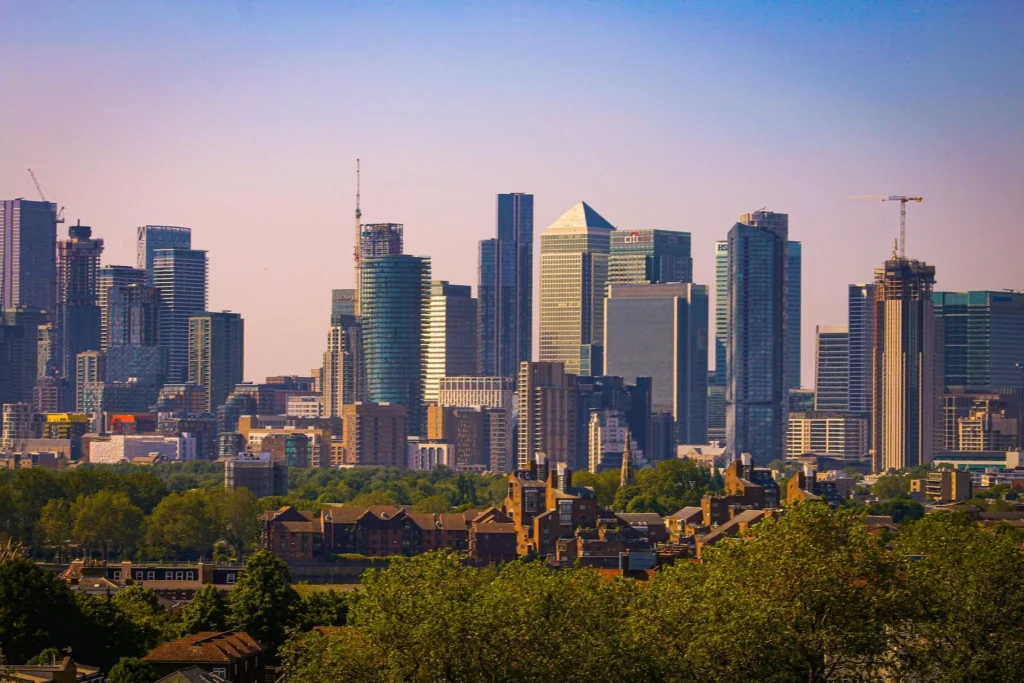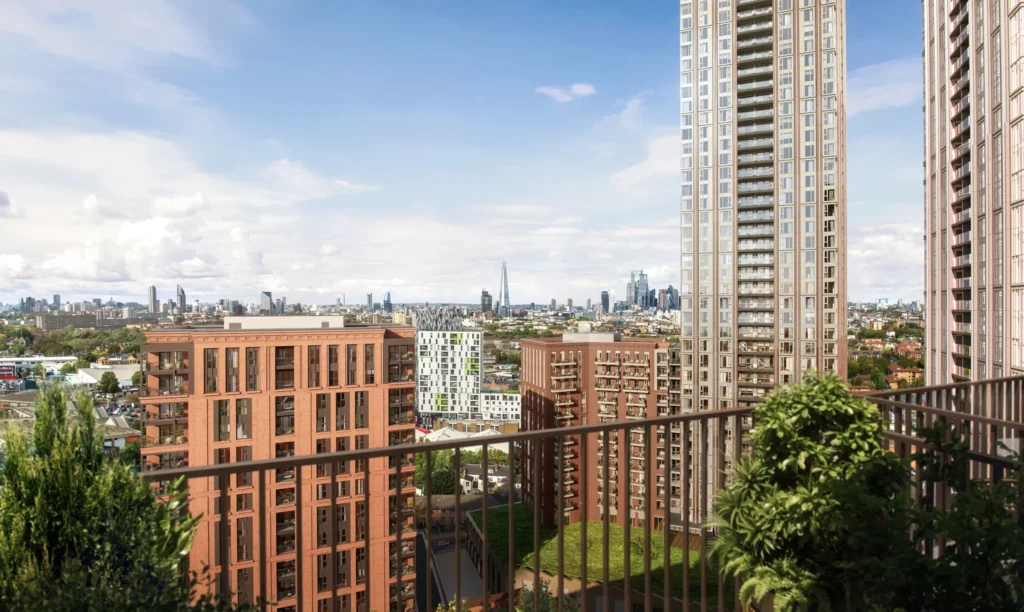Housing Market Trends: UK Prices Hit New Record
Housing market trends show UK property prices defied expectations, surging to a new record high in October. Despite persistent economic headwinds and an ongoing cost-of-living crisis, robust buyer demand propelled values upwards, marking the most significant monthly increase since the start of the year.
Data from major lender Halifax reveals that the average price of a UK home climbed to an unprecedented £299,862 in October. This figure represents a notable +0.6% increase from the previous month, translating to an average rise of £1,647.
This strong performance reverses a minor -0.3% dip recorded in September and marks the fourth monthly price rise in the last five months. On an annual basis, price growth has also gathered pace, strengthening to +1.9% from +1.3% a month earlier, painting a picture of a market that remains surprisingly resilient.
What’s Fuelling Current Housing Market Trends?
 Market experts suggest that the autumn property market has been sustained by surprisingly firm buyer demand. This activity appears to be, at least partially, offsetting the significant affordability pressures that continue to challenge many households.
Market experts suggest that the autumn property market has been sustained by surprisingly firm buyer demand. This activity appears to be, at least partially, offsetting the significant affordability pressures that continue to challenge many households.
Solid Buyer Demand and Mortgage Activity
A key indicator of this sustained interest comes from mortgage approval figures. According to the latest data, the number of mortgages approved by lenders rose by +1.5% in September to 65,944. This figure represents the highest monthly total seen so far in 2025.
This uptick in approvals, which are also up +0.5% year-on-year, highlights a fundamental stability in the market. Buyers, it seems, are still finding ways to make moves, even in a challenging climate.
“Demand from buyers has held up well coming into autumn, despite a degree of uncertainty in the market,” noted Amanda Bryden, Head of Mortgages at Halifax.
The Affordability Conundrum
While the headline figures point to a robust market, they exist alongside the stark reality of an ongoing affordability crunch. The primary challenge for many aspiring homeowners and movers remains the gap between record-high prices and their financial capacity.
Navigating High Rates and Living Costs
There is no doubt that affordability remains a significant hurdle. Average fixed mortgage rates are currently hovering around 4%, and while these are expected to ease further, they remain a substantial financial consideration.
When combined with property prices at their peak, financing a move feels like a considerable stretch for many. Furthermore, the rising costs for everyday essentials continue to squeeze disposable incomes, directly impacting the amount households are willing or able to commit to a new property.
A Resilient Approach to Buying
In the face of these pressures, the market has shown remarkable stability. This resilience is, in part, attributed to buyers adapting their strategies.
“While there has been some volatility, the market has proven resilient over recent months,” Bryden observed.
Many buyers are now opting for smaller deposits or agreeing to longer mortgage terms to make the monthly repayment calculations work. This flexibility is helping to keep the market moving.
There is also a glimmer of hope on the long-term horizon. Experts note that for almost three years, house prices have been rising more slowly than average incomes. This trend, if it continues, is expected to lead to a gradual, albeit slow, improvement in overall housing affordability.
Regional Housing Market Trends: A Nation Divided
 A closer look at the national data reveals a deeply fragmented market, with the UK’s regions and home nations moving at vastly different speeds. The “record high” average conceals significant disparities, with some areas booming while others stagnate.
A closer look at the national data reveals a deeply fragmented market, with the UK’s regions and home nations moving at vastly different speeds. The “record high” average conceals significant disparities, with some areas booming while others stagnate.
Strong Growth in the North and Home Nations
Northern Ireland continues to lead the pack, posting staggering annual growth of +8.0%. The average property value there has now reached £219,646.
Scotland has also seen strong performance, with a healthy +4.4% annual increase, bringing its average price to £216,051. Following closely is the North East of England, which registered a +4.1% rise, with typical prices sitting at £180,924.
A Cooler Climate in the South
In stark contrast, the traditionally overheated markets in the south of England have cooled significantly.
London, once the engine of UK house price growth, recorded a modest annual decline of -0.3%. The wider South East region mirrored this trend, also posting a slight -0.1% fall over the past 12 months. This divergence highlights that the story of the UK housing market is not a single narrative but a complex tapestry of local trends and economic conditions.




